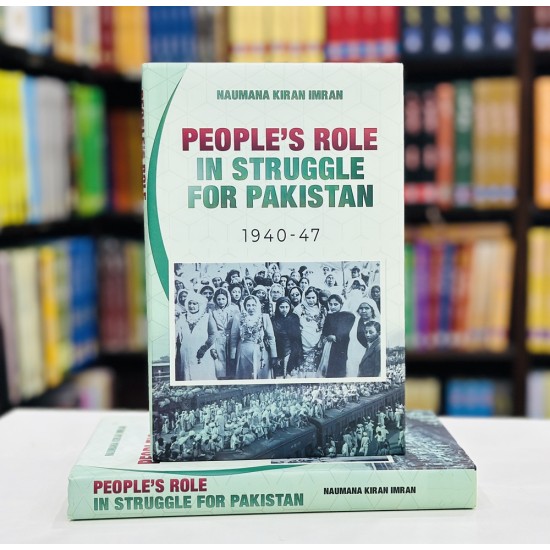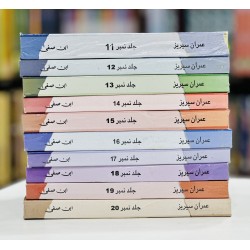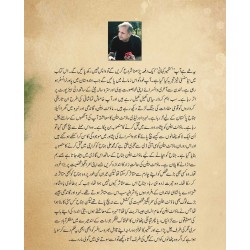
-22 %
People's Role In Struggle For Pakistan 1940-47
- Writer: Naumana Kiran Imran
- Category: English
- Pages: 297
- Stock: In Stock
- Model: STP-13138
Rs.1,800
Rs.2,295
The book explores the contribution of common people, including Muslim
students, women, mystics, laborers, peasants, small-businessmen and
low-cadre of government employees, of existing Pakistani territory in
the Pakistan Movement, from 1940 to 1947. It challenges the common
perception that only political leaders and the Muslim League made
Pakistan. It argues that the common people of present Pakistani areas
were not silent spectators of the historical developments of their time.
This work has been produced under framework of radicalism which brings
hidden historical facts to light. It does not refute the concept of
affectivity and role of Quaid-i-Azam and his other colleagues who were
playing their part in the conversations regarding transfer of power but
adds to the existing knowledge that common people of existing Pakistani
areas had provided real force to plans and point of views of the
Quaid-i-Azam. It is tried to be proved with the solid evidence that
without contribution of different marginalized sections of the society,
making of Pakistan could be more difficult or at least inclusion of
almost all existing areas of Pakistan in the Muslim homeland was rather
impossible because the Muslim League did not have deep routes on
grass-rout level in most of these areas. It was due to efforts of
students, women, mystics and other social groups that the Muslim League
was made popular within last few years of colonial rule and four
Pakistani provinces successfully passed through the last examination,
imposed on them in the June 3rd Plan 1947. So it was the last stage of
Pakistan movement where impact of the workers of Pakistan movement was
observed clearly. The files of workers of Pakistan movement, available
at Pakistan Movement Workers Trust, interviews of the workers of
Pakistan movement besides many other primary sources, had given validity
to the point of view raised in this study.
| Book Attributes | |
| Pages | 297 |






